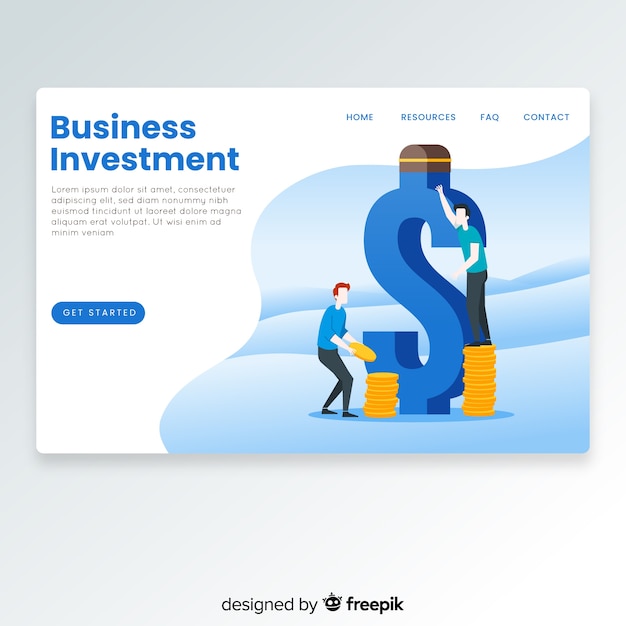
Image by Freepik
Venture capital and tech investment ventures can sometimes seem daunting to the common investor. The appealing stories of immense profits gained from early investments in technology companies like Apple and Uber attract many investors. However, venture capital remains elusive and seeming reserved for only the elite firms with the privilege to invest in private firms before they go public. Fundrise’s “Innovation Fund” plans to disrupt this arrangement with an investor-friendly fintech model.
In Fundrise’s podcast “Onward,” CEO Ben Miller stated, “Venture investors typically source their capital from institutions such as endowments, pension funds, and family offices.” Fundrise, the largest consumer-centric alternative asset manager in the U.S., initiated the new fund.
“No venture fund has ever been funded by tens or hundreds of thousands of individuals,” Miller elaborated, we aim to change that. Our objective is to democratize venture investment.”
Miller, in the podcast, introduced the Innovation Fund, delved into the history of venture capital, evaluated its current strengths and weaknesses, and outlined how his fund varies from conventional venture capital in the context of tech investments.
WHAT IS THE FUNDRISE INNOVATION FUND?
The Fundrise Innovation Fund is a venture fund accessible to private investors. It focuses mainly on investing in fast-rising private tech firms.
Fresh tech sectors, such as artificial intelligence and machine learning, have usually been restricted to individual investors, thereby benefiting only venture capitalists and growth equity firms. Miller believes the Innovation Fund plans to make the playing field more equal by offering all investors the opportunity to invest in renowned private tech firms before they’re publicly listed.
The focus is generally on late-stage, pre-IPO firms but the fund also plans to invest in early-stage startups and will maintain some public stocks. Its present assets include giants like Uber and lesser-known private software firms like ServiceTitan, Inspectify, and Vanta.
The emergence of the new fund responds to a shift in the conduct reflected in technology firms. Contrarily, to companies like Amazon and Google which went public relatively quickly in the 1990s and early 2000s, today’s fast-growing technology firms stay private for much longer — on average, a decade.
This extended period of staying private means that individual investors, who are mainly limited to public markets, could miss out on the returns made by the forthcoming crop of industry leaders in trending sectors like AI, data infrastructure, and fintech.
THE LONG-TERM STRATEGY
Miller identifies the fund’s long-term strategy as ‘evergreen’, focusing more on longevity and growth and deviating from short-term risks taken by huge venture capital firms influenced by their institutional investors.
Miller stated, “Rather than having a short-term high return, our investors and I prefer a consistent good return over a long period. The compounding benefits of high returns make it more favourable to stay invested.”
Miller referred to how Sequoia Capital’s early investment mindset has evolved for an example.
FLIPPING THE SCRIPT: THE ‘PRODUCT-FIRST’ INVESTMENT
Much like a VC, the Innovation Fund prioritizes pre-IPO companies that have significant growth potential based on their tech and business models. However, Miller argues that the venture capital industry has shifted away from product focus.
He emphasized a switch to momentum investing where large VC firms fight to invest in highly successful companies or those backed by other notable investors. This cycle inflates valuations and creates the potential for investment bubbles.
Miller referred to the Fundrise approach-an unusual outlook for investing as it is a tech company building products. He argued that the fund strategy differentiates from other venture funds as it has a technology perspective on product development, making it a useful tool to scout and connect with promising tech companies.
A DEMOCRATIZED STRUCTURE AND INCENTIVES
The Innovation Fund also veers away from the traditional “2 and 20” fee structure of a venture capital firm, which customarily charges a 2% annual asset management fee and denounces 20% of investor profits.
“Our fund has no 20% share in the profits,” Miller reported. “Our perspective is that if you’re going to get a 20% share of the profits, you should bear 20% of the losses. If you’re not ready to bear 20% of the losses, then you don’t deserve 20% of the profits.
“And that’s just incorrect. It formulates skewed incentives. It’s a high-risk reward system. You’re significantly rewarded for taking risks, but you’re not penalized for avoiding them.”
Miller noted that this cautious philosophy is linked to the fund’s strategy of serving individual investors with long-term objectives and that it is a key structural difference from traditional venture capital.
“Having 350,000 investors and 1.6 million users is very different from having a venture fund that might have 20 institutional investors”, said Miller.


